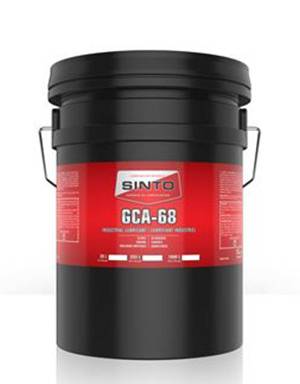Вер . 19, 2024 06:46 Back to list
poly pipe fittings
Understanding Poly Pipe Fittings A Comprehensive Guide
Polyethylene (PE) pipe fittings have emerged as a popular choice in various piping systems due to their durability, flexibility, and resistance to corrosion. Often referred to as poly pipe fittings, these components play a crucial role in aligning, connecting, or branching poly pipes in agricultural, municipal, and industrial applications. This article will explore the benefits, types, and installation techniques associated with poly pipe fittings.
Benefits of Poly Pipe Fittings
One of the primary advantages of poly pipe fittings is their resistance to chemical damage and environmental stressors. Unlike traditional metal fittings, poly fittings do not corrode or rust, making them ideal for use in challenging environments. They also exhibit excellent UV resistance, allowing them to withstand prolonged exposure to sunlight without degrading.
Another benefit is their lightweight nature. Poly pipe fittings are significantly lighter than metallic counterparts, making them easier to handle and install. This feature not only reduces labor costs but also minimizes transportation expenses. Additionally, poly fittings are available in various sizes and configurations, accommodating a wide range of applications from irrigation systems to water distribution networks.
Types of Poly Pipe Fittings
Poly pipe fittings come in various types, tailored for specific applications. The most common types include
1. Elbows Used to change the direction of the pipe, elbows are available in various angles, such as 90-degree or 45-degree fittings. 2. Tees These fittings allow for branching off a main pipeline into two directions, making them essential for complex irrigation systems.
poly pipe fittings

4. Caps and Plugs These fittings seal the ends of pipes, preventing leaks and maintaining system integrity.
5. Couplings Couplings are used to connect two sections of pipe, ensuring a secure and leak-proof joint.
Installation Techniques
Installing poly pipe fittings is relatively straightforward, especially given their user-friendly design. However, following best practices is essential to ensure a long-lasting and effective installation. Key steps include
1. Clean the Pipe Ends Before connecting any fittings, ensure that the ends of the pipes are clean and free from debris to achieve a tight seal.
2. Use Appropriate Tools Utilize specialized tools designed for working with poly pipes and fittings. For instance, a pipe cutter can ensure clean cuts, while a torque wrench may be necessary for secure fittings.
3. Follow Manufacturer Guidelines Always consult the manufacturer’s instructions for specific installation recommendations, including compatible pipe sizes and connection methods.
4. Test for Leaks After installation, conduct a pressure test to check for leaks, ensuring the system functions properly before putting it into service.
In conclusion, poly pipe fittings offer versatile and durable solutions for modern piping needs. Their numerous advantages, coupled with straightforward installation techniques, make them an excellent choice for any project requiring reliable fluid transportation. Whether for agricultural irrigation or municipal water supply, these fittings are integral components that will stand the test of time.
-
Premium Glossy PP Rigid Sheet – Durable & Versatile
NewsAug.07,2025
-
High-Quality HDPE Sheet | Durable Plastic Panels
NewsAug.06,2025
-
High-Precision PVC Rigid Sheets for Vacuum Forming | AI-Optimized
NewsAug.05,2025
-
Durable PVC-M Water Supply Pipes | 60-Year Life
NewsAug.04,2025
-
Premium HDPE Water Supply Pipes: Durable & Leak-Proof
NewsAug.03,2025
-
Premium PVC-M Water Supply Pipe - Durable & Efficient
NewsAug.02,2025

